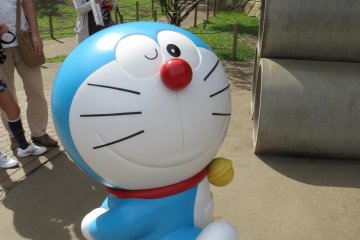
Museum Fujiko F.Fujio, Kawasaki
Sarah MathewsKunjungi Museum Doraemon dan dapat mempelajari berbagai hal yang berkaitan dengan pengarang,mencicipi makanan dengan dekorasi Doraemon di kafe dan berjalan melalui pintu kemana saja!
The Fujiko F Fujio Museum, also known as the Doraemon museum, is dedicated to the work of Fujiko Fujio.
Reserved tickets are required for the museum, so please see how to book Fujiko F Fujio Museum tickets in advance.
The Fujiko F. Fujio Museum is located approximately 16 minutes on foot from Mukogaoka Yuen Station on the Odakyu Line, or 15 minutes walk from Shukugawara Station on the JR Nambu Line.

Kunjungi Museum Doraemon dan dapat mempelajari berbagai hal yang berkaitan dengan pengarang,mencicipi makanan dengan dekorasi Doraemon di kafe dan berjalan melalui pintu kemana saja!
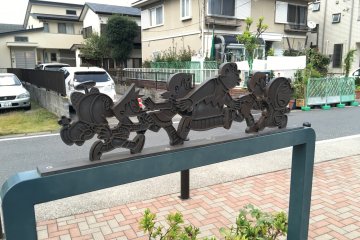
Tips mengunjungi Museum Fujiko. F. Fujio : Yang juga dikenal dengan sebutan Museum Doraemon, dibuka pada tahun 2011, menjadi rumah bagi banyak karya seni original dari seniman terdahulu.
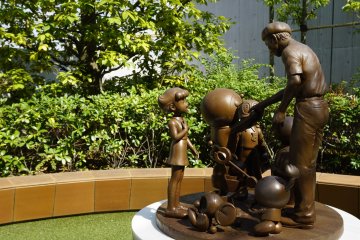
Museum, lembaran-lembaran komik asli, cuplikan kartun, dan tokoh-tokoh favorit dari masa kecil hadir di hadapan mata -- benar-benar merupakan sebuah perjalanan menggunakan mesin waktu!
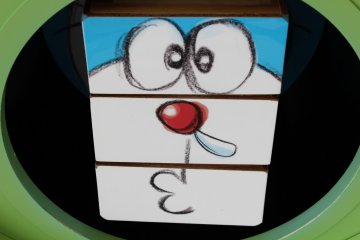
Museum ini didedikasikan untuk hasil karya Fujiko F. Fujio. Para penggemar Doraemon pasti akan menikmati pameran, film pendek spesial dan pertunjukan yang ada.
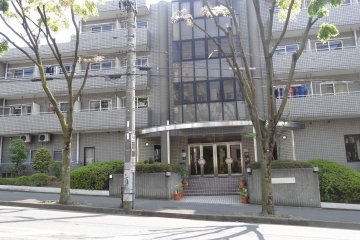
Social Residence Tama Plaza is a share house located in Shinishikawa, Aoba Ward in Kanagawa Prefecture. It is an 8-minute walk from Tama-Plaza Station, and it takes only 20 minutes on the Express train to Shibuya station on the Den-en-toshi line. The share house is conveniently located around various amenities such as a supermarket and a shopping centre.
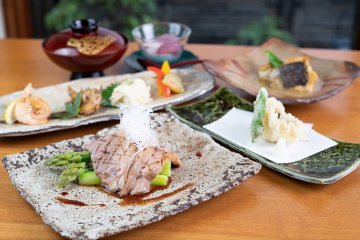
With organically grown buckwheat flour from Niigata Prefecture, Furaikyo has been offering superb homemade soba noodles since 2006. Their Kagoshima-kelp broth is beautifully complemented by seasonal produce with their dishes letting you truly taste the four seasons of Japan.
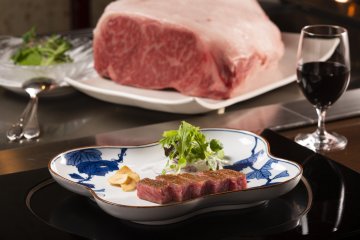
Azamino Ukai-tei's exterior harmoniously combines the beauty of French and Japanese architectural influences with modern art — an elegant scene that continues inside thanks to a refined Western interior that integrates the essence of Japanese design. The high-quality seasonal ingredients are prepared by Ukai-tei's skilled chefs to create a French-cuisine inspired menu using Japanese Black beef as a main. Every course is sure to stay in your memory long after the meal is finished.
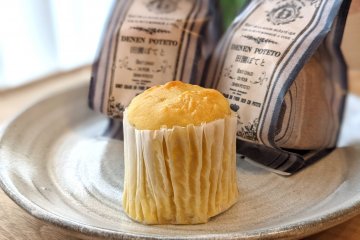
Located near Shin-Yurigaoka Station, den en poteto offers a calm, rustic interior space at its bakcstreet patisserie setting. They offer both a lunch menu, as well as cafe options across desserts, pastries and breads. Loved for over 40 years, their signature offering is their sweet and succulent 'den en potato' cake, made from local sweet potatoes and previously awarded Monde Selection for 8 consecutive years.
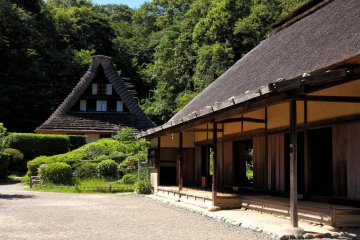
Nihon Minka-en (日本民家園, also 'The Japan Open-Air Folk House Museum') is part of the Ikuta Ryokuchi Park in Kawasaki, Kanagawa. On display in the park is a collection of 20 traditional minka from various parts of Japan, especially thatched-roofed houses from eastern Japan. (Wikipedia)

Yomiuri Land is a Japanese theme park that first opened in 1964. It is located on a mountainside and features rides such as roller coasters and water slides. It houses the Yomiuri Giants Stadium, one of the training fields for the Yomiuri Giants baseball team, and was the main training ground before the Tokyo Dome was completed. It is operated by the Yomiuri Group, the parent company of the Yomiuri Shimbun media conglomerate. A bathhouse was added to attract more seniors. The Yomiuri Land is also host to the largest illumination in the Kanto region, "Jewellumination". Popular night-only shows and attractions include some of the largest fountain shows in the country and a Ferris wheel with panoramic views of the cityscape at night.

Hana Biyori (HANA・BIYORI), nestled next to the Yomiuriland amusement park in Inagi City, Tokyo, is an innovative flower park that offers a refreshing blend of nature and modern attractions. This park features a variety of seasonal gardens and floral displays, from vibrant cherry blossoms in spring to the rich colors of chrysanthemums in the fall. One of Hana Biyori’s standout features is its focus on sustainable practices, including natural irrigation systems and a variety of locally sourced products. The park’s dining area showcases handcrafted furniture made by wood salvaged from trees damaged by typhoons at Yomiuriland facilities. It also exclusively uses well water from the Tama Hills to nourish its plants, streams, and waterfalls. In addition to the breathtaking plant life, Hana Biyori offers workshops, seasonal events, and interactive art installations. Whether you’re looking to connect with nature, learn about sustainable gardening, or simply enjoy the beauty of seasonal flowers, HANA・BIYORI offers an experience that is both educational and visually captivating.